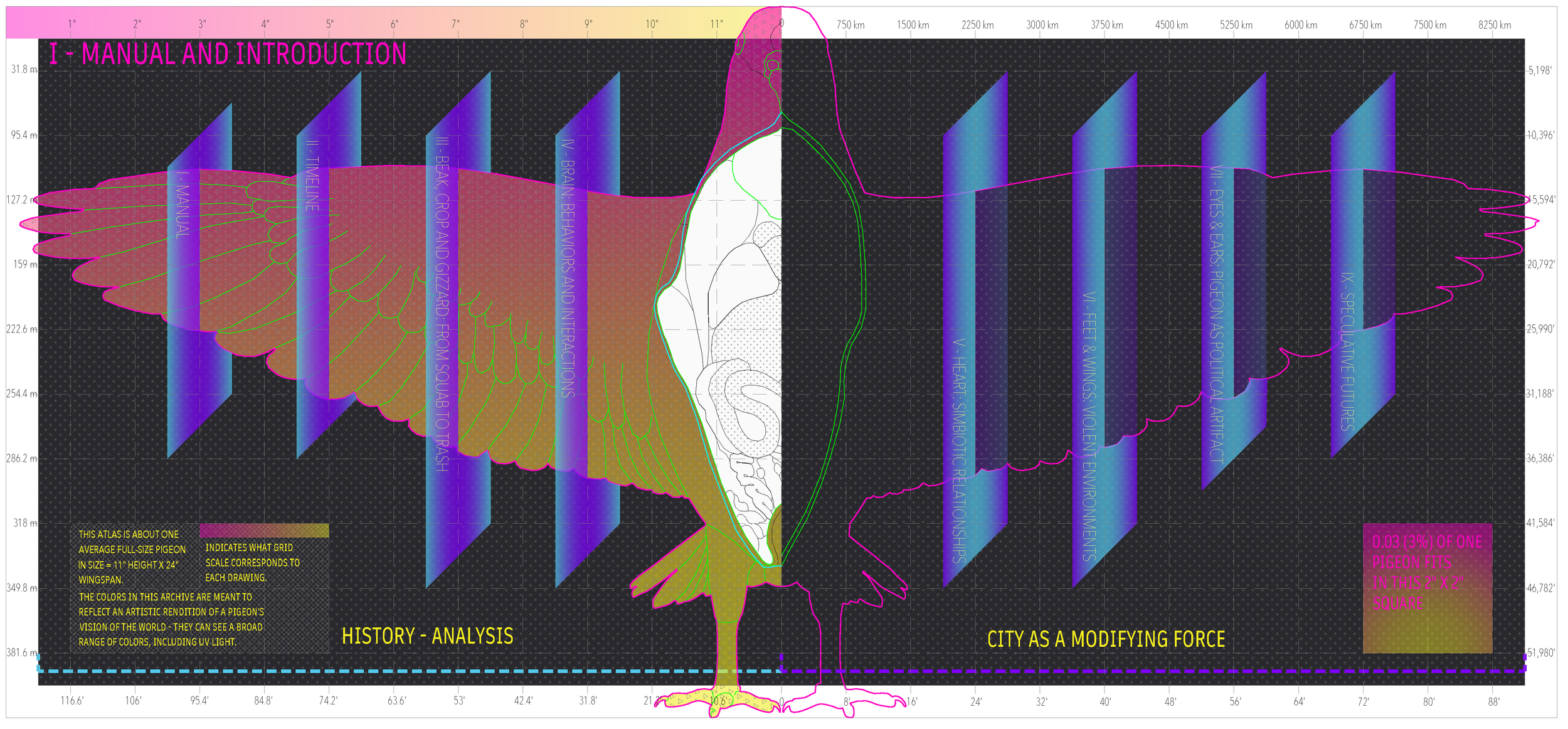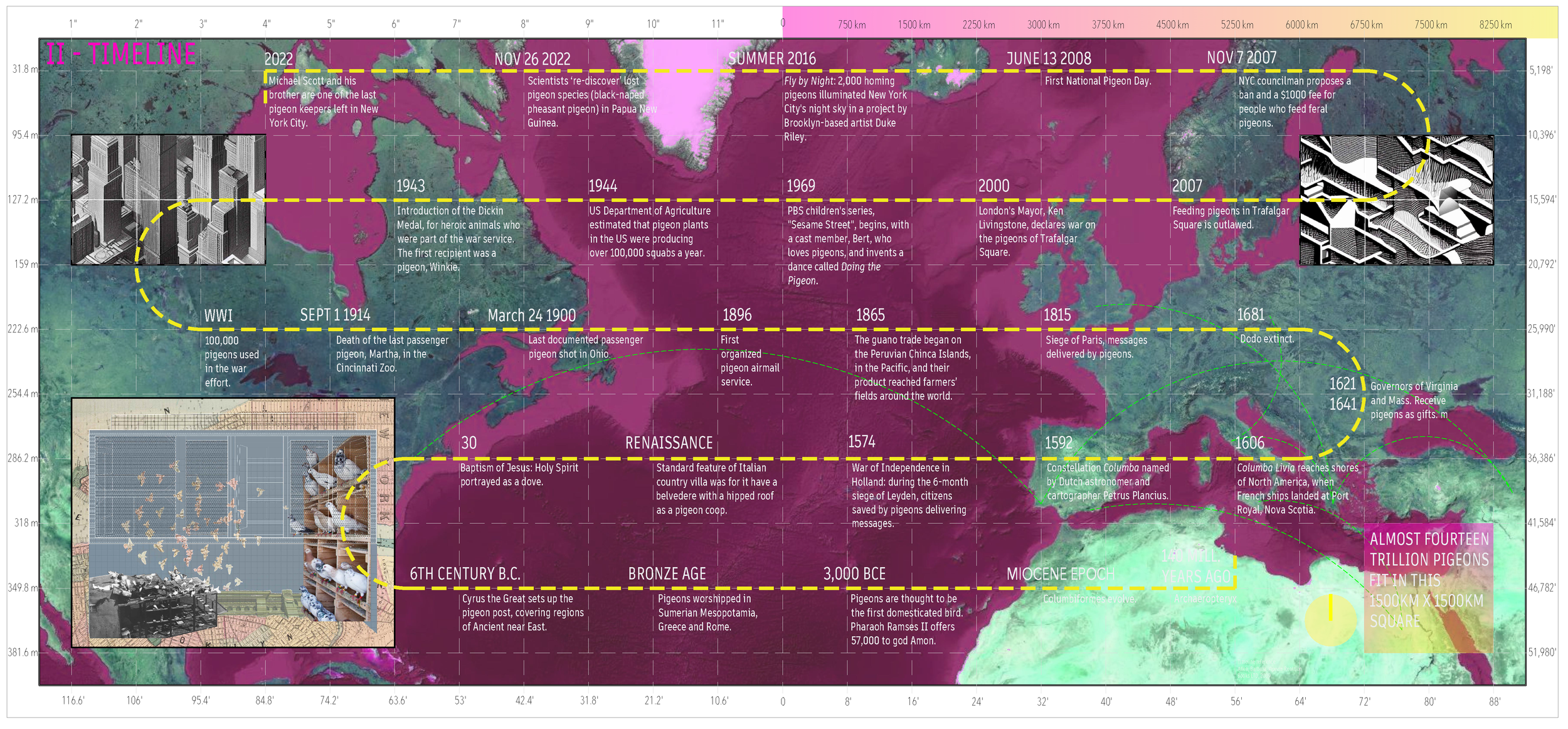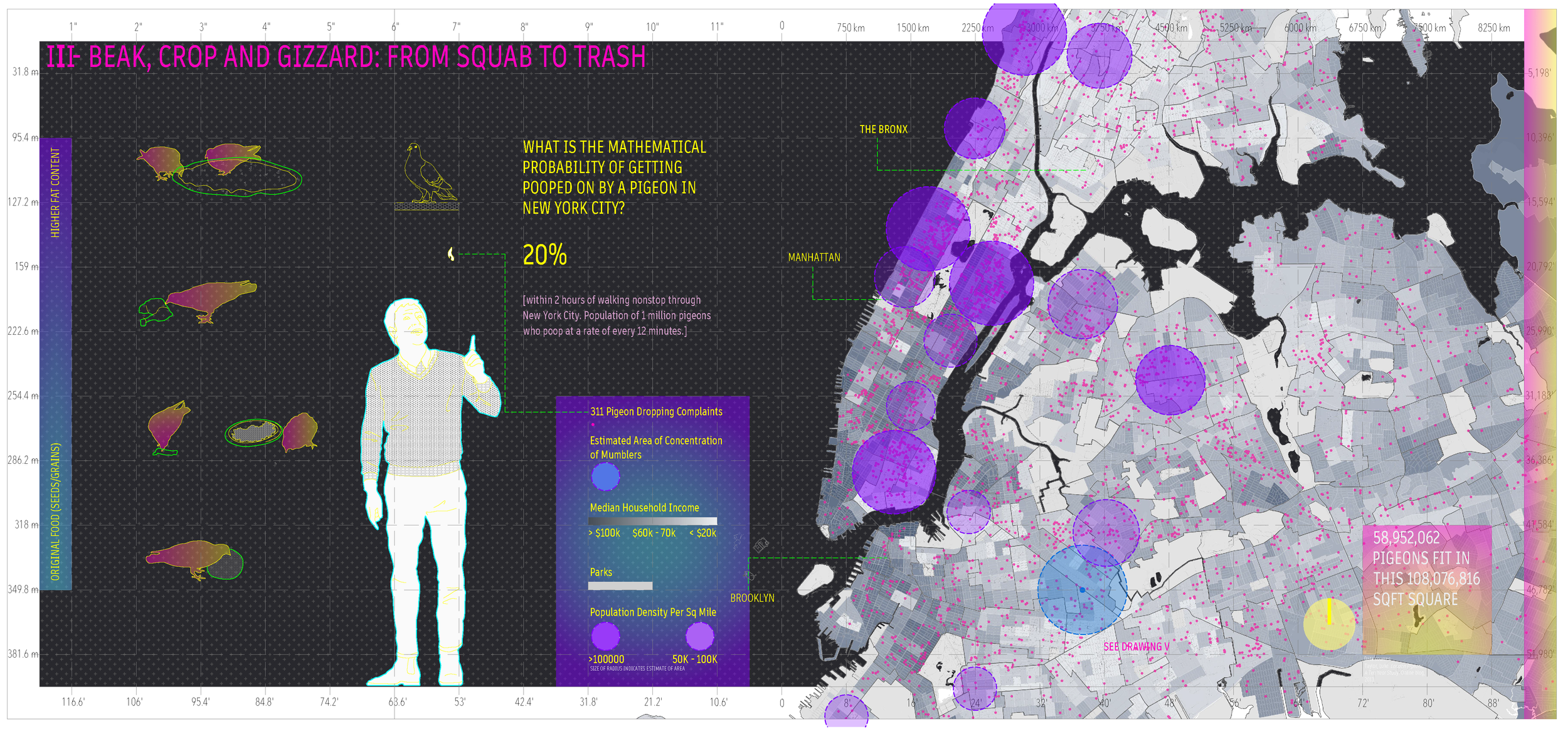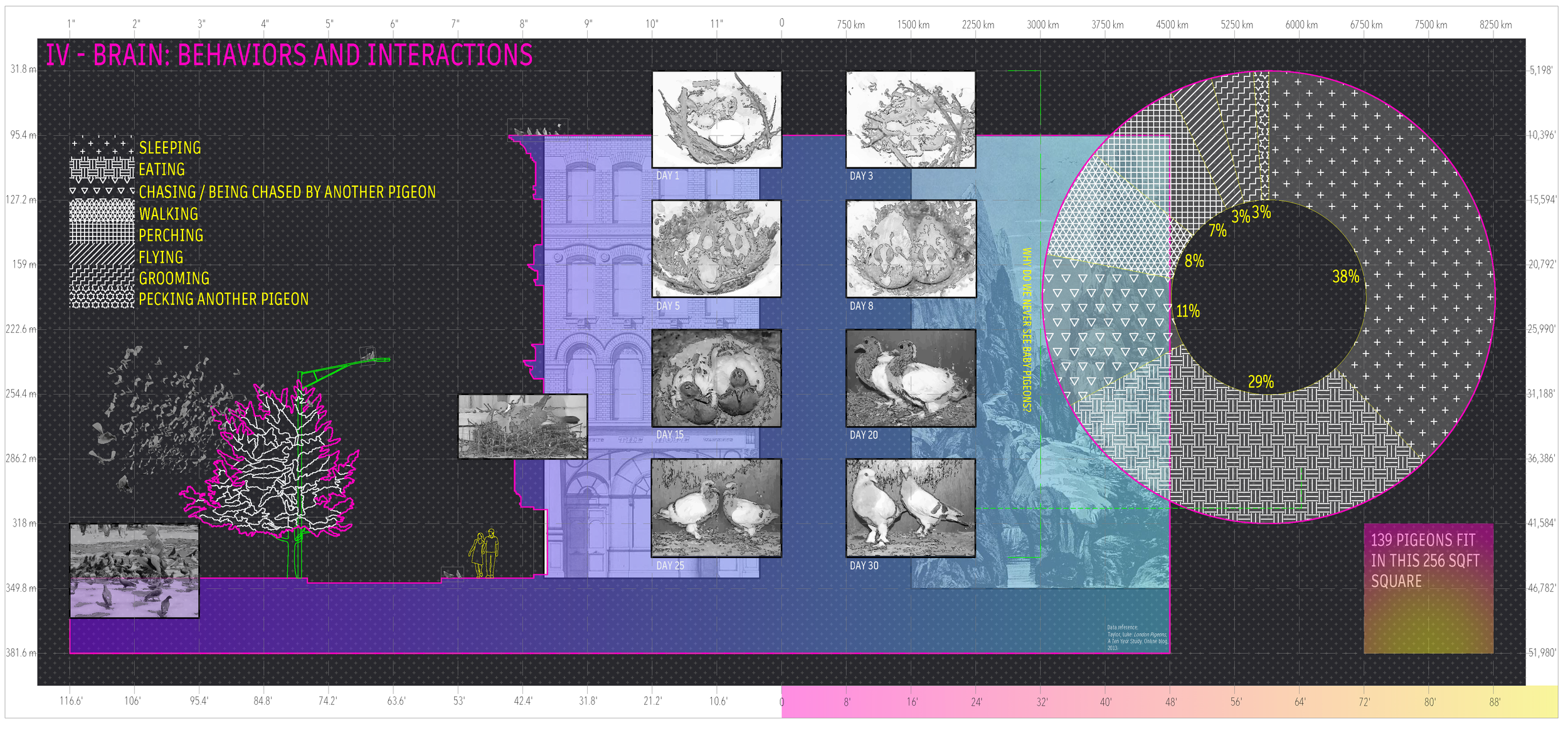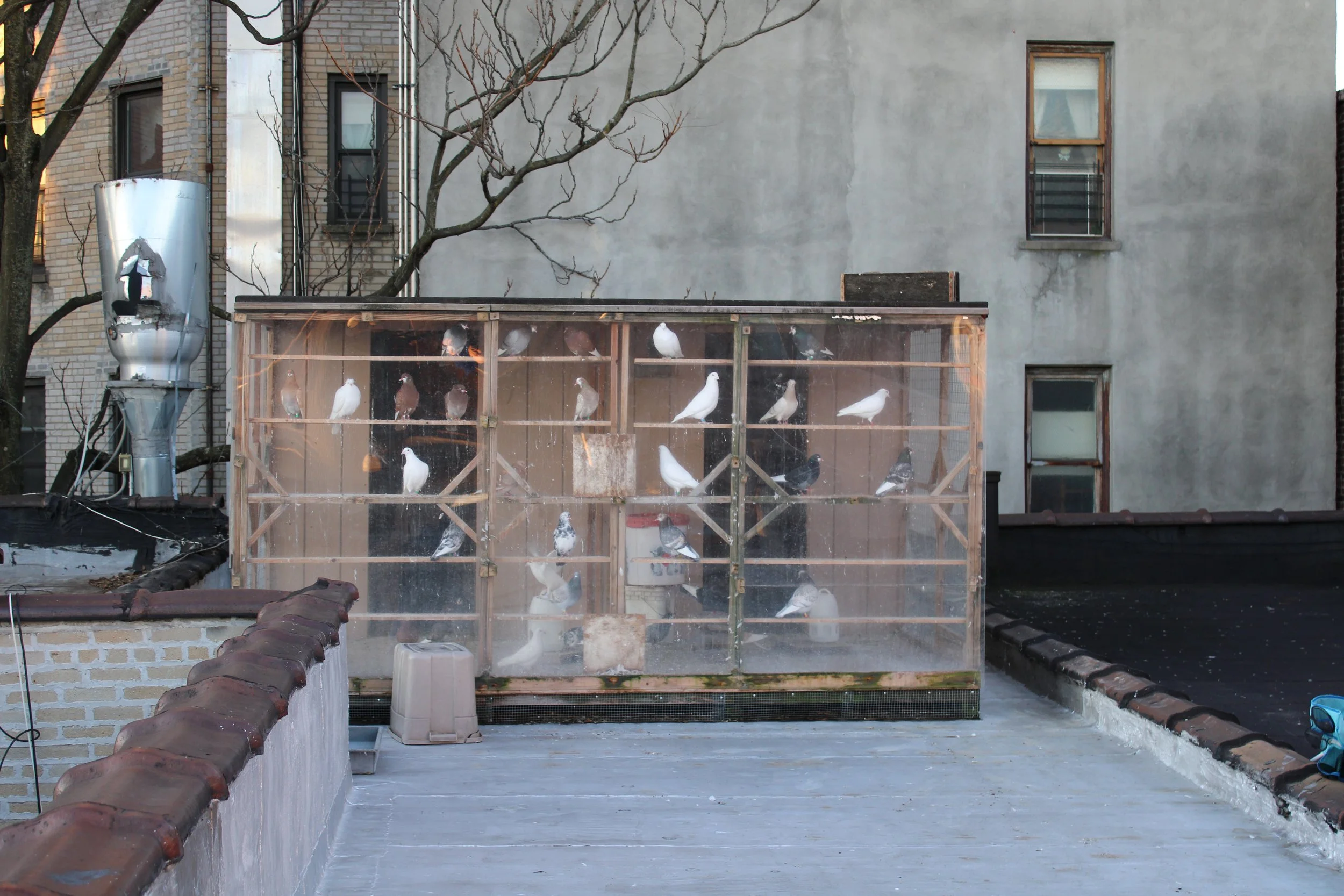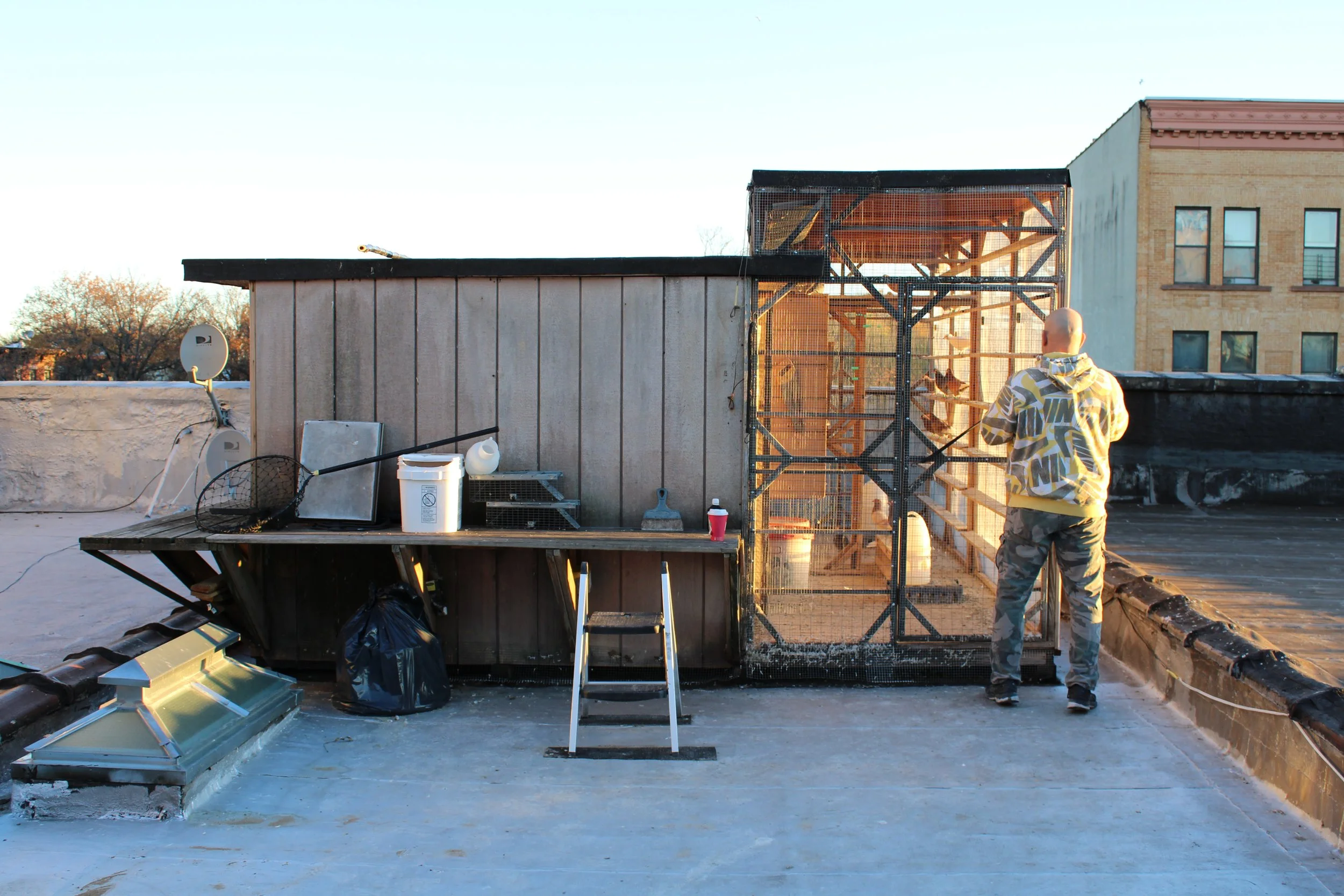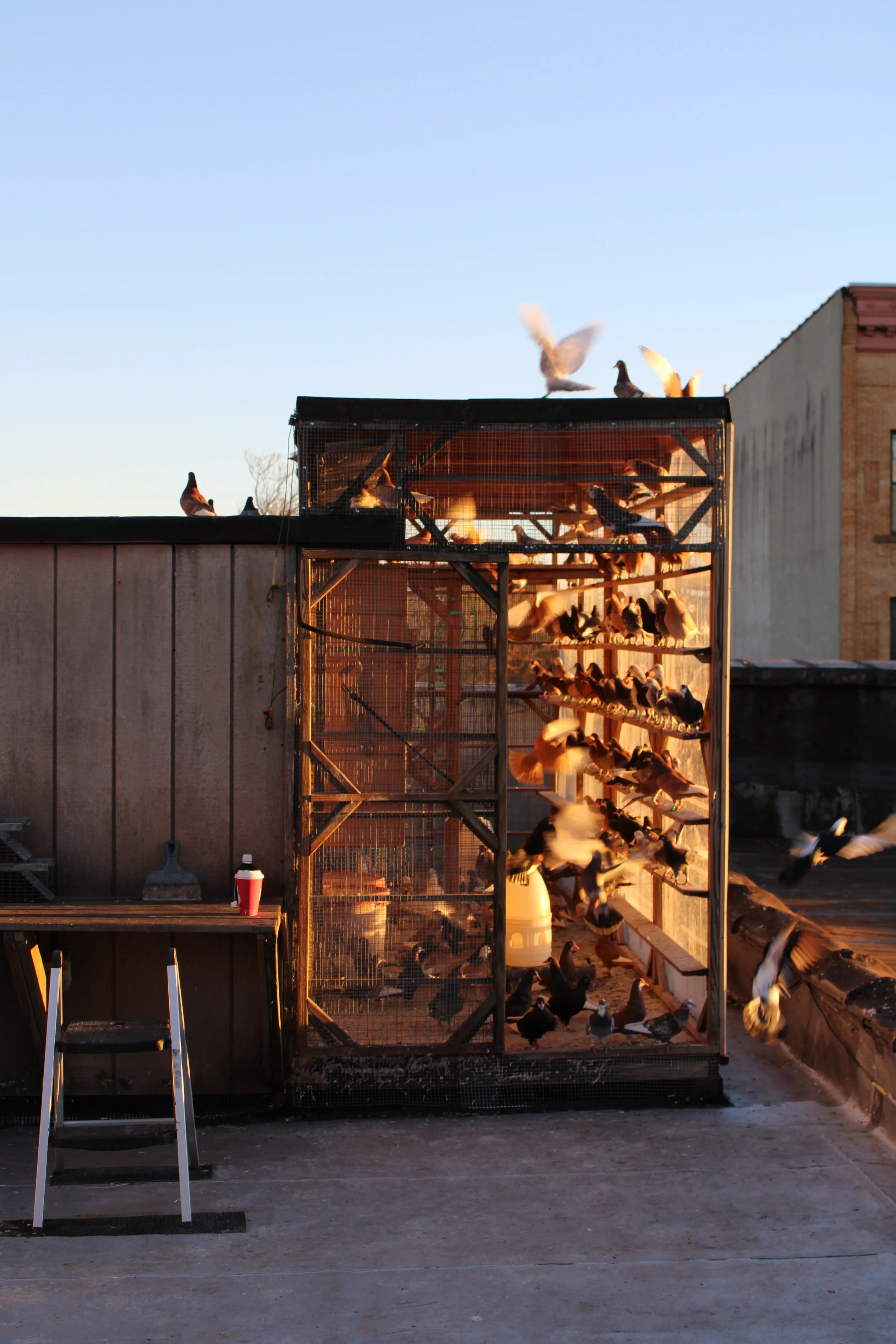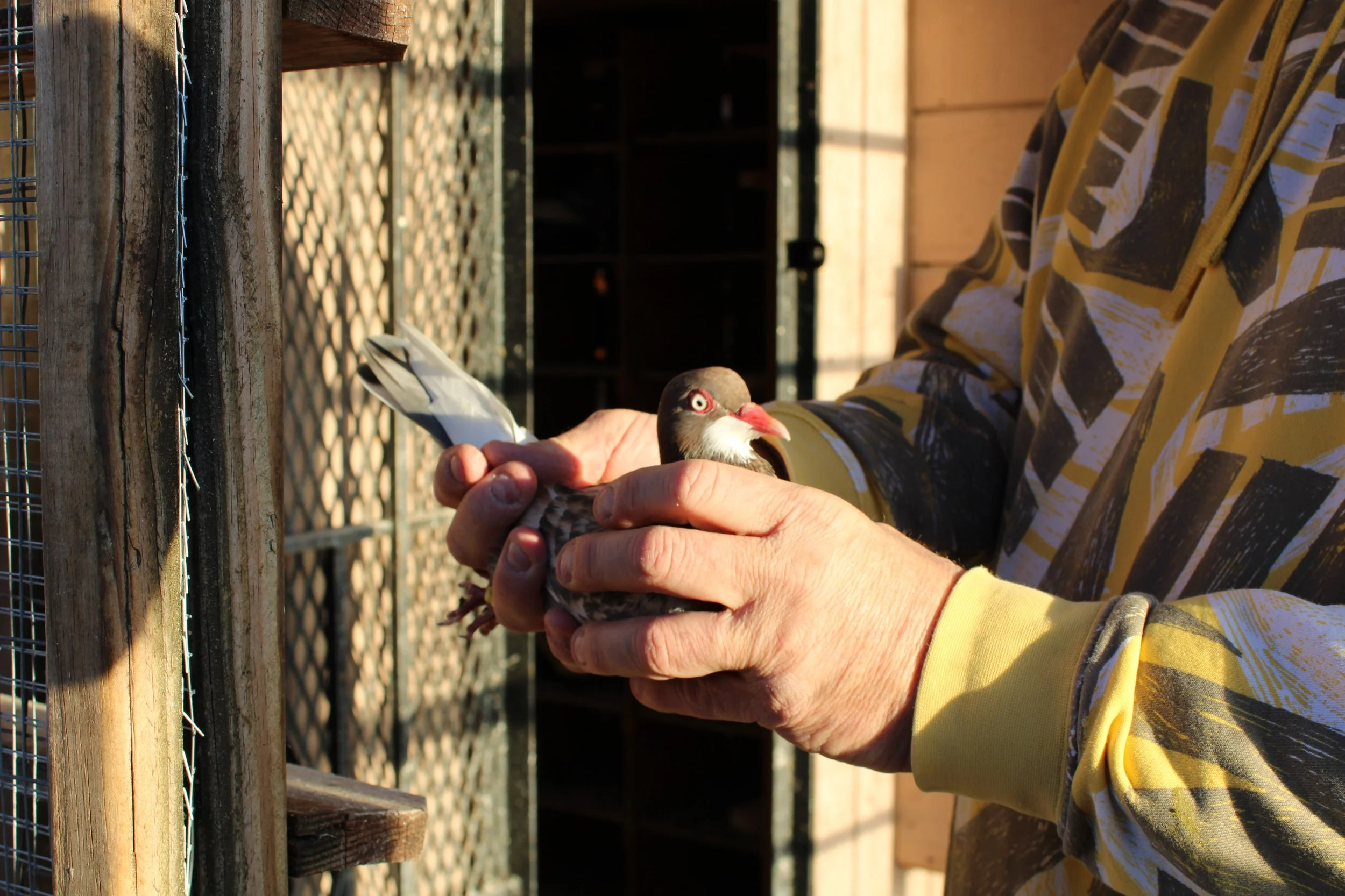Pigeon Politics
Urban Tales of the Columba Livia
Pigeons (or Columba Livia) are as ubiquitous to New York City as your corner Deli BEC on a bagel, not toasted, please. Having lived in the city for almost five years, I had the time to be a casual bystander to hundreds of pigeon-people-buildings interactions, in multiple combinations and forms. From the flock that congregates at Columbus Park after every lunchtime, to the sole one that gets alarmingly close, tilting its head, as you try to eat a snack on a bench (God forbid you drop a crumb), to the building awning underside’s official role as a nest, the pigeon is as much as part of the ecosystem of the city as humans are. The current popular role of the pigeon in the city is that of “pest”, an incredible demotion from its 1700s predecessor’s unwavering place in New Yorkers’ diet and dinner table, and even a further step down than its 1915s and 1950s prestigious place as messengers and racing birds.
We have only ourselves to look at when trying to understand this unilaterally tense cross-species relationship. I am using the word unilateral to put weight on how contested the existence of the pigeon is under our own (human) formulation of how and where nature should act and exist. The city pigeon exists in the space of a contradiction, as Courtney Humphrey mentions on her book Superdove; “when something is everywhere, it paradoxically becomes invisible, and its value diminishes in our minds”. In the case of pigeons, they remain invisible only when they don’t cross the imaginary line between “public” space, where nature of this type is allowed, and “human” space. Ornithologist Richard Johnson succinctly explains this dichotomy:
…the special qualities of feral pigeons are rarely recognized as special, which is a result of the way humans perceive the natural world. Dominant Western worldviews have taught that nature exists for human use and that humans are its custodians or curators, fundamentally apart from the natural world…Understanding pigeons could offer an indictment of our entire worldview about nature. Superdove, p. 112
Status symbol, religious offering, metaphor, gift, messenger, spy, target, fertilizer, ammunition, food, pet, pest. The pigeon, while inevitably affected by the decisive opinions that surround its very existence, has historically managed time and time again to thrive indifferently from what people’s purposes for them have been, resulting in an established (albeit heavily contested) place in the ecosystem of modern cities all around the world. This is part of why their presence makes a lot of people uncomfortable; while animal life started disappearing from cities during the industrial revolution, (with the emergence of two inventions; the diesel engine and the refrigerated van, which allowed us to further distance our daily direct interactions with nature, under the concepts of convenience and hygiene (Belotti. p. 8) the pigeon was never gone or entirely replaced. While horse droppings steadily gave way to the smell of diesel and gasoline, pigeon’s acidic guano continued to corrode buildings, monuments, and the precious topcoat of enamel paint of the lucky New Yorkers who happened to own a car. Ultimately, the drawings and maps in this Atlas aim to analyze this psycho-spatial relationship through the lens of the pigeon’s own anatomy: How can the specific framing of different parts of its physiognomy help us unveil the cultural ecology and complex network of history and stories that make the rock dove such a valuable indicator of the city’s evolution.
To contrast this broad analysis, a series of textual interjections in the form of interviews and photographs excavates a specific symbiotic relationship that, although dwindling, has stood the test of time for many generations and even bridged social and racial divisions. Pigeon keeping (also called breeders, flyers, even mumblers), is a time-honored practice that had its zeitgeist in the 50’s, when thousands of rooftop “lofts” or coops were scattered all over lower Manhattan, The Bronx, Queens and Brooklyn. Urban sociologist and researcher Colin Jerolmack explains how the craft is disappearing, a consequence of a combination of economic, bureaucratic, and generational shifts, but that this recipe is precisely what makes it so special nowadays:
Though once almost exclusively the domain of ethnic white, predominantly Italian, men, today white old timers like [Michael and Joe Scott] share the skies and the pet shop with a sizable number of Hispanic and black men who have taken up the hobby in the past several decades. Demographic shifts over the past half-century threw this diverse group of men together, as a massive exodus of ethnic whites out of areas like North and central Brooklyn brought the white pigeon flyers who remained into contact with the minorities who replaced them. Jerolmack,p. 4
In this context, “pigeons are simultaneously: a medium for inter-ethnic sociability and intra-ethnicsolidarity among groups of urban males who breed and fly them.”


